
How to Use INA226: Examples, Pinouts, and Specs
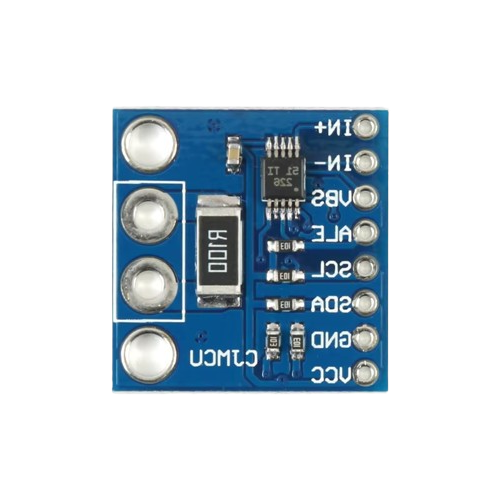
 Design with INA226 in Cirkit Designer
Design with INA226 in Cirkit DesignerIntroduction
The INA226, manufactured by Sensor, is a high-side current shunt monitor with an integrated I2C interface. It is designed to measure voltage, current, and power with high precision, thanks to its built-in analog-to-digital converter (ADC). The INA226 is highly versatile and operates over a wide voltage range, making it ideal for applications such as battery management, power monitoring, and energy-efficient system design.
Explore Projects Built with INA226
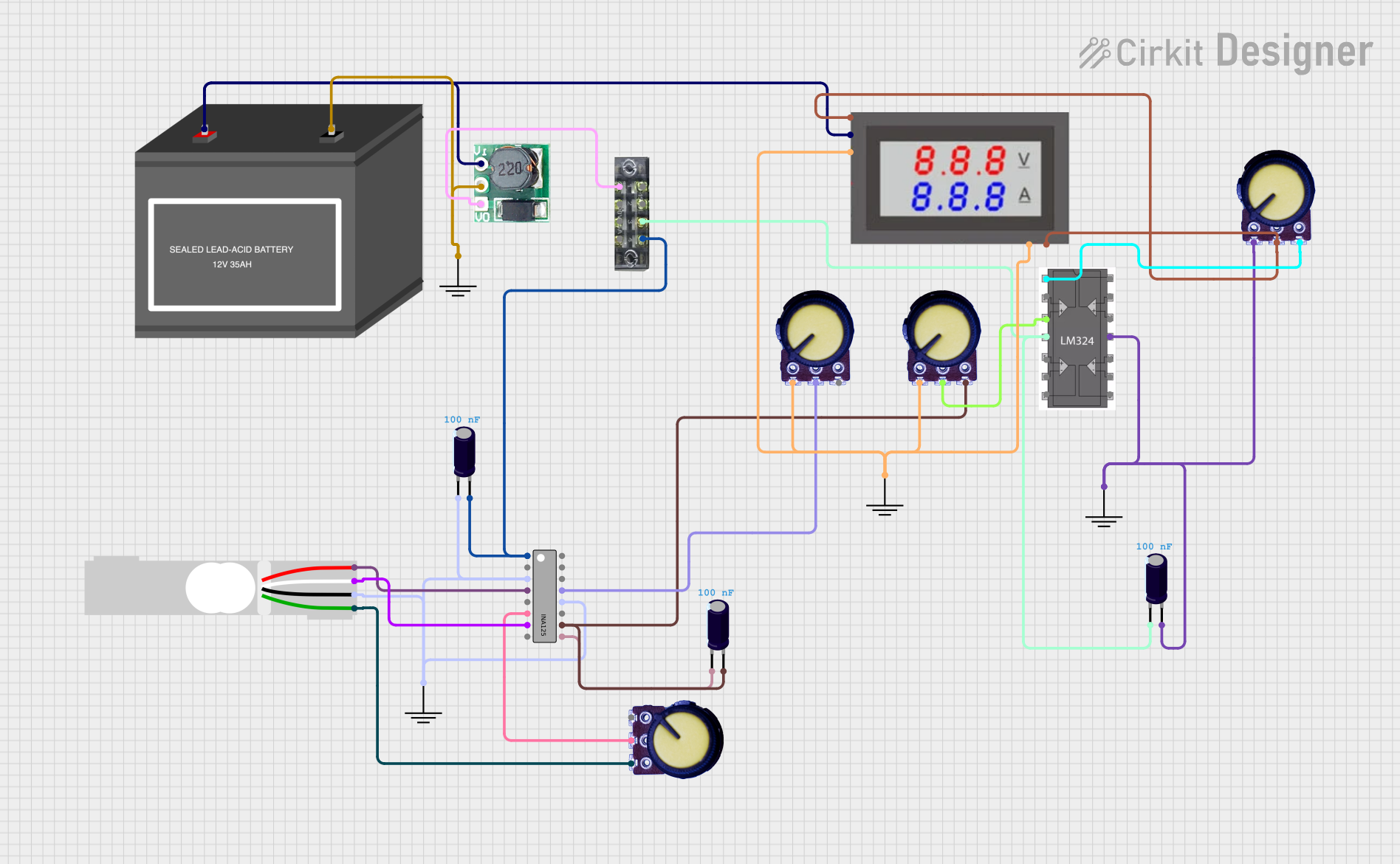
 Open Project in Cirkit Designer
Open Project in Cirkit Designer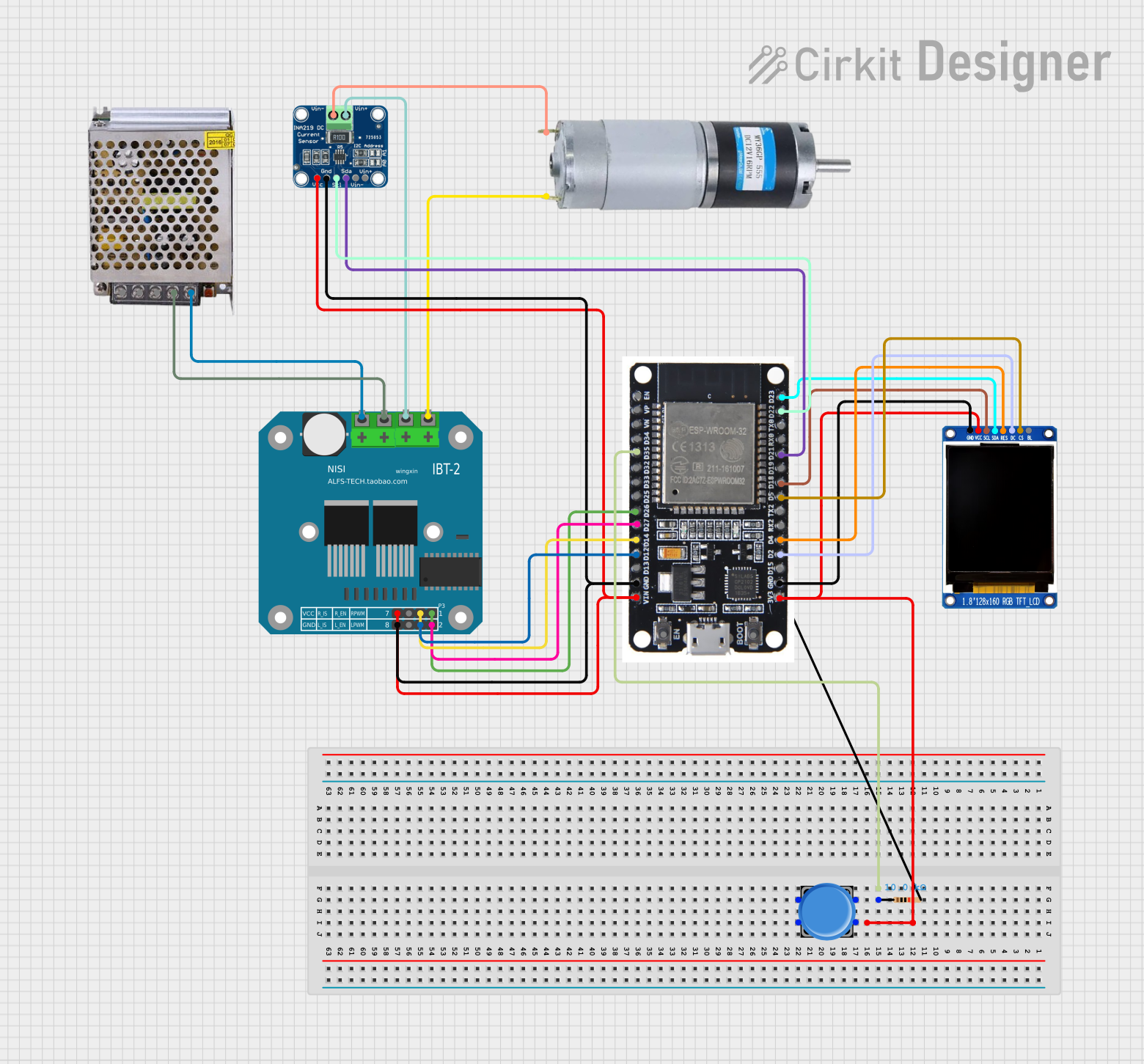
 Open Project in Cirkit Designer
Open Project in Cirkit Designer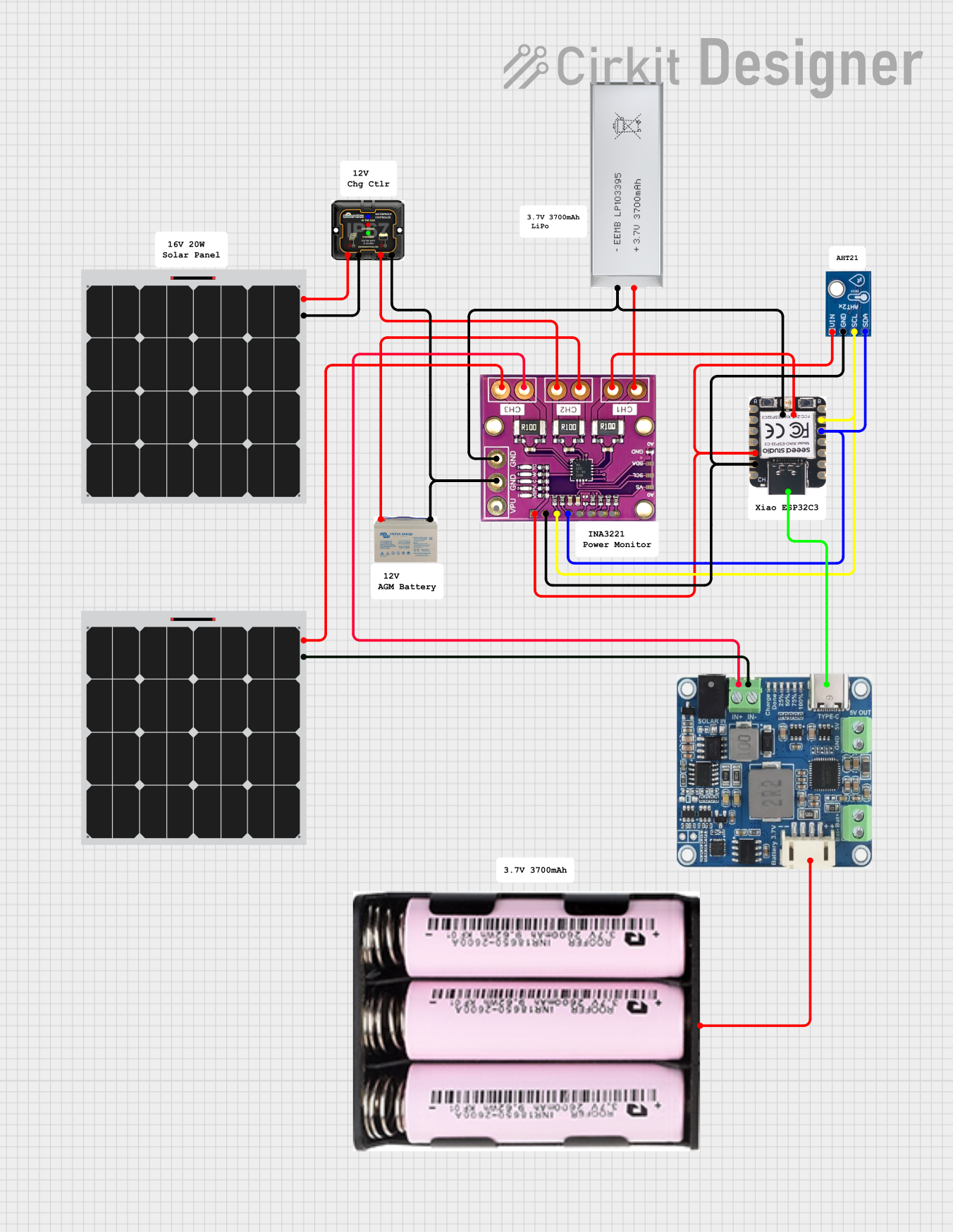
 Open Project in Cirkit Designer
Open Project in Cirkit Designer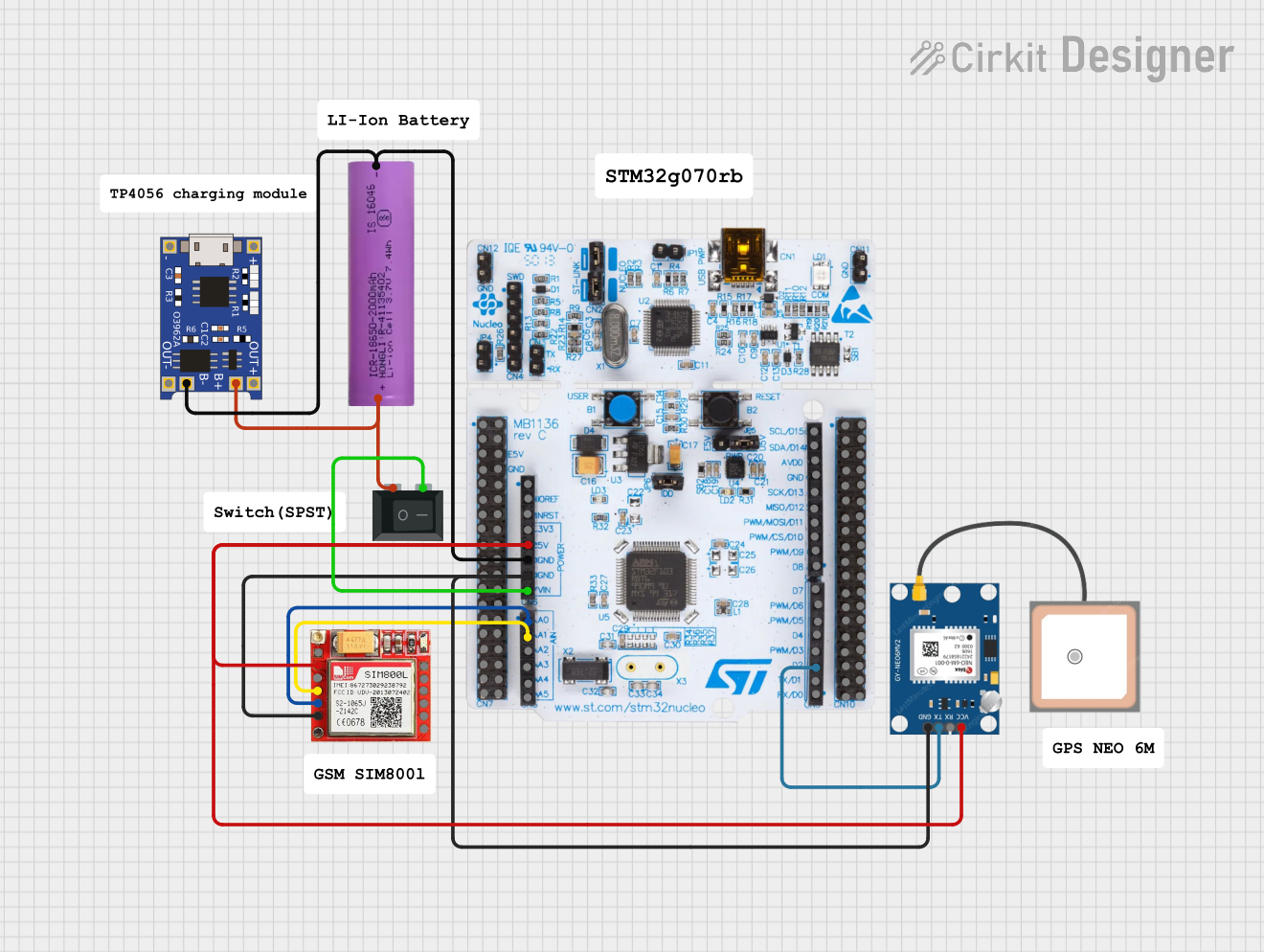
 Open Project in Cirkit Designer
Open Project in Cirkit DesignerExplore Projects Built with INA226

 Open Project in Cirkit Designer
Open Project in Cirkit Designer
 Open Project in Cirkit Designer
Open Project in Cirkit Designer
 Open Project in Cirkit Designer
Open Project in Cirkit Designer
 Open Project in Cirkit Designer
Open Project in Cirkit DesignerCommon Applications
- Battery management systems
- Power supply monitoring
- Energy metering in IoT devices
- Industrial automation and control
- Solar power systems
Technical Specifications
Key Technical Details
| Parameter | Value |
|---|---|
| Supply Voltage (Vcc) | 2.7V to 5.5V |
| Input Voltage Range | 0V to 36V |
| Current Measurement Range | Configurable (based on shunt resistor) |
| Power Measurement | Calculated internally (Voltage × Current) |
| Communication Interface | I2C (up to 400 kHz) |
| ADC Resolution | 16-bit |
| Operating Temperature | -40°C to +125°C |
| Package | MSOP-10 |
Pin Configuration and Descriptions
| Pin No. | Pin Name | Description |
|---|---|---|
| 1 | VBUS | Voltage input to measure bus voltage |
| 2 | GND | Ground |
| 3 | SCL | I2C clock line |
| 4 | SDA | I2C data line |
| 5 | ALERT/RDY | Alert or Ready output (configurable) |
| 6 | V+ | Power supply input (2.7V to 5.5V) |
| 7 | A0 | I2C address selection bit 0 |
| 8 | A1 | I2C address selection bit 1 |
| 9 | SHUNT+ | Positive input for shunt resistor |
| 10 | SHUNT- | Negative input for shunt resistor |
Usage Instructions
How to Use the INA226 in a Circuit
- Power Supply: Connect the V+ pin to a 2.7V to 5.5V power source and GND to ground.
- Shunt Resistor: Place a shunt resistor between the SHUNT+ and SHUNT- pins to measure current. The value of the resistor depends on the expected current range.
- Voltage Measurement: Connect the VBUS pin to the voltage source you want to monitor.
- I2C Communication: Connect the SCL and SDA pins to the corresponding I2C lines of your microcontroller. Use pull-up resistors (typically 4.7kΩ) on these lines.
- Address Configuration: Set the A0 and A1 pins to configure the I2C address. These pins can be connected to V+ or GND to select one of 16 possible addresses.
- Alert/Ready Pin: Optionally, use the ALERT/RDY pin for interrupt-driven alerts or to indicate data readiness.
Important Considerations and Best Practices
- Shunt Resistor Selection: Choose a low-value, high-precision resistor to minimize power loss and ensure accurate current measurements.
- I2C Pull-Up Resistors: Ensure proper pull-up resistors are used on the I2C lines to maintain signal integrity.
- Bypass Capacitor: Place a 0.1µF ceramic capacitor close to the V+ pin to filter noise.
- Address Conflicts: If multiple INA226 devices are used on the same I2C bus, ensure each has a unique address by configuring the A0 and A1 pins.
Example Code for Arduino UNO
#include <Wire.h>
// INA226 I2C address (default: A0 = GND, A1 = GND)
#define INA226_ADDRESS 0x40
// Register addresses
#define CONFIG_REGISTER 0x00
#define BUS_VOLTAGE_REGISTER 0x02
#define CURRENT_REGISTER 0x04
void setup() {
Wire.begin(); // Initialize I2C communication
Serial.begin(9600); // Initialize serial communication for debugging
// Configure INA226 (example configuration)
Wire.beginTransmission(INA226_ADDRESS);
Wire.write(CONFIG_REGISTER); // Point to configuration register
Wire.write(0x45); // MSB: Set averaging, bus voltage conversion time
Wire.write(0x27); // LSB: Set shunt voltage conversion time
Wire.endTransmission();
}
void loop() {
// Read bus voltage
Wire.beginTransmission(INA226_ADDRESS);
Wire.write(BUS_VOLTAGE_REGISTER); // Point to bus voltage register
Wire.endTransmission();
Wire.requestFrom(INA226_ADDRESS, 2); // Request 2 bytes
if (Wire.available() == 2) {
uint16_t rawVoltage = (Wire.read() << 8) | Wire.read();
float busVoltage = rawVoltage * 0.00125; // Convert to volts (1.25mV/LSB)
Serial.print("Bus Voltage: ");
Serial.print(busVoltage);
Serial.println(" V");
}
delay(1000); // Wait 1 second before next reading
}
Troubleshooting and FAQs
Common Issues and Solutions
No I2C Communication:
- Ensure the INA226 is powered correctly (V+ and GND connected).
- Verify pull-up resistors are present on the SCL and SDA lines.
- Check the I2C address configuration (A0 and A1 pins).
Incorrect Current or Voltage Readings:
- Verify the shunt resistor value and connections.
- Ensure the VBUS pin is connected to the correct voltage source.
- Check for noise or interference on the measurement lines.
ALERT/RDY Pin Not Functioning:
- Confirm the ALERT/RDY pin is configured correctly in the INA226 registers.
- Ensure the microcontroller's interrupt pin is properly connected.
FAQs
Q: Can the INA226 measure negative currents?
A: No, the INA226 is designed for high-side current sensing and measures only positive currents.Q: What is the maximum current the INA226 can measure?
A: The maximum current depends on the shunt resistor value and the voltage drop across it. Ensure the voltage drop does not exceed the ADC's input range.Q: Can I use the INA226 with a 3.3V microcontroller?
A: Yes, the INA226 operates with a supply voltage as low as 2.7V, making it compatible with 3.3V systems.